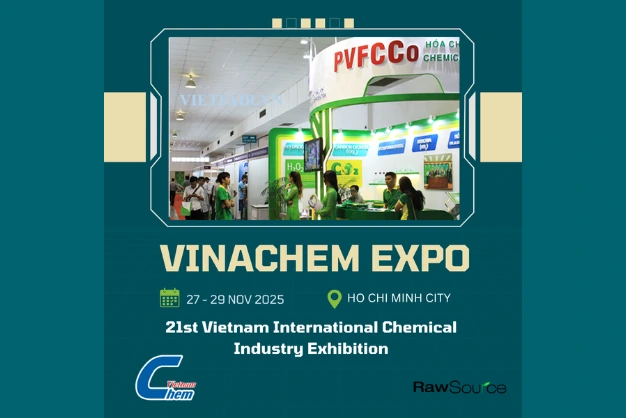Silicone’s journey began in the early 20th century. The first significant step was taken by chemist Frederic Kipping, who coined the term “silicone” in 1901. Kipping’s research laid the foundation for understanding silicone’s structure and potential applications. The commercialization of silicone, however, didn’t take off until World War II when it was used extensively in military applications for its thermal and chemical resistance.
Silicone is a synthetic polymer composed of a backbone of alternating silicon and oxygen atoms, often with organic groups attached to the silicon atoms. This structure gives silicone its remarkable flexibility and resilience, setting it apart from other polymers that typically have carbon-based backbones.
While traditional polymers are carbon-based, silicones are distinguished by their silicon-oxygen backbone. This difference in structure imparts unique properties to silicone, such as superior heat resistance and flexibility over a wider temperature range.
Silicones come in various forms, each tailored for specific uses:
Linear Silicones: These have a straight-chain structure and are often used in lubricants and hydraulic fluids.
Cyclic Silicones: These have a ring-like structure and are commonly found in personal care products.
Cross-Linked Silicones: These have a three-dimensional network structure, making them ideal for rubber and elastomers.
Silicone production begins with the extraction of silicon from sand (silica), which is then combined with hydrocarbons derived from fossil fuels to produce silanes. These silanes are further processed to form silicone polymers.
The primary production method for silicone involves polymerization, where small molecules (monomers) combine to form larger molecules (polymers). The key steps include:
Hydrolysis of Silanes: This step produces silanols.
Condensation: Silanols react to form siloxane bonds, creating the silicone backbone.
Curing: The polymer is cured to enhance its mechanical properties.
Silicone is known for its flexibility, elasticity, and durability. It maintains these properties over a wide temperature range, making it suitable for various applications, from baking molds to automotive gaskets.
Aerospace: Its thermal stability makes it ideal for use in aircraft and spacecraft components.
Electronics: Silicone encapsulants and conformal coatings protect electronic components from moisture and contaminants.
Household Items: Silicone is found in cookware, bakeware, and kitchen utensils for its non-stick and heat-resistant properties.
Medical Devices: Silicone is used in implants, tubing, and catheters due to its biocompatibility and inertness.
Food Processing: Silicone rubber is used in seals and gaskets in food processing equipment.
Pharmaceuticals: Silicone is used in drug delivery systems and medical devices.
Silicone’s long lifespan, resilience, and versatility make it a preferred material in many applications. Its ability to withstand extreme temperatures and harsh environments without degrading is a significant advantage.
Silicone is non-toxic and hypoallergenic, making it safe for use in medical devices and personal care products. Its inertness ensures it doesn’t react with other substances, reducing the risk of adverse effects.
Silicone is considered more environmentally friendly than many other polymers due to its durability and low toxicity. Advances in recycling and biodegradable silicone products further enhance its sustainability profile.
One of the main challenges with silicone is its cost, which can be higher than other materials. Additionally, while silicone is more environmentally friendly than many plastics, its limited biodegradability is a concern.
New developments in silicone-based materials are expanding its applications. Innovations in nanotechnology and composite materials are creating new possibilities for silicone in high-tech industries.
The demand for silicone is growing, driven by its versatility and superior performance. Industries such as healthcare, electronics, and construction are expected to continue fueling this growth.
The silicone industry is increasingly focusing on sustainability. Advances in eco-friendly production methods, recycling programs, and biodegradable products are shaping the future of silicone.
Silicone is a remarkable material with unique properties that make it indispensable in many industries. Its flexibility, durability, and resistance to extreme conditions are unmatched by other polymers.
As technology advances, the role of silicone in industrial and consumer applications will continue to grow. Its ability to adapt to new challenges and meet the demands of various industries ensures that silicone will remain a vital material for the future. Whether it’s in cutting-edge medical devices, everyday household items, or advanced aerospace components, silicone’s importance cannot be overstated. The future holds exciting possibilities for this versatile material as it continues to evolve and meet the needs of a rapidly changing world.




